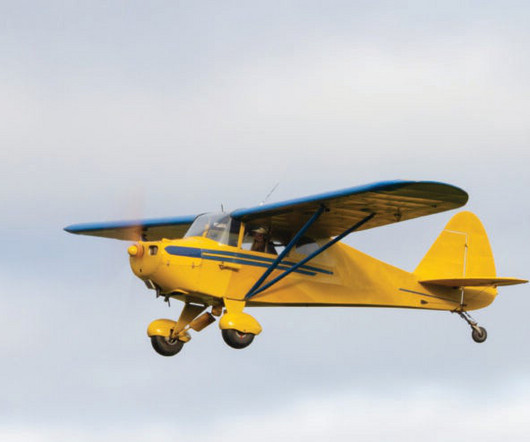Airline Pilots Are the Most Scrutinized Profession
Air Facts
FEBRUARY 12, 2025
These maneuvers include an engine failure on takeoff, loss of lift on the wing during departure, en route, and approach, crosswind landings, wind shear scenarios, engine inoperative landings, low visibility landings, crash landings and evacuation.











Let's personalize your content